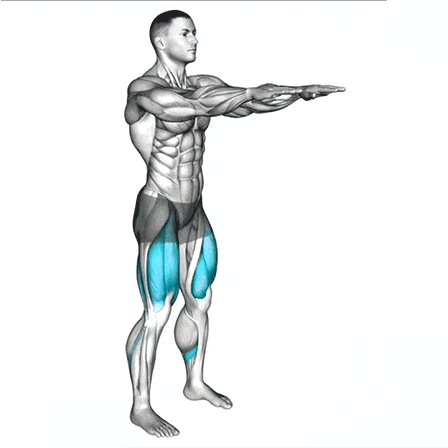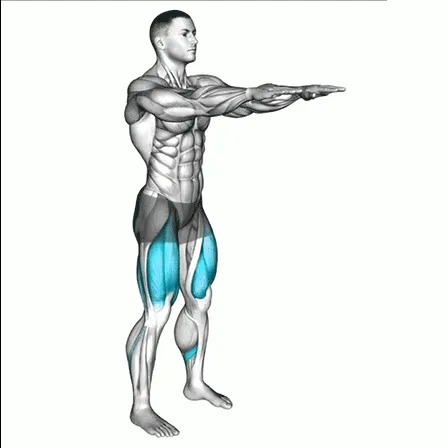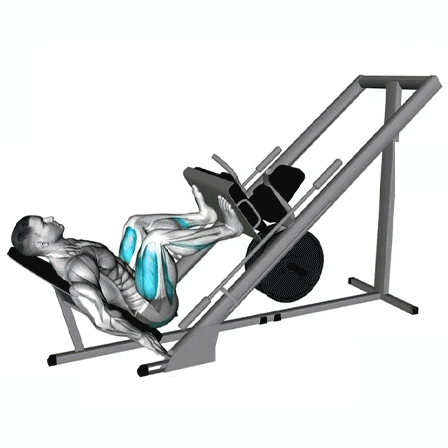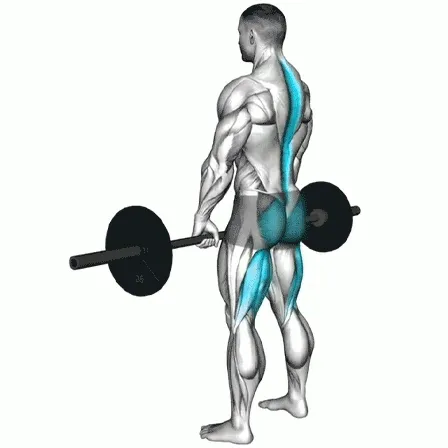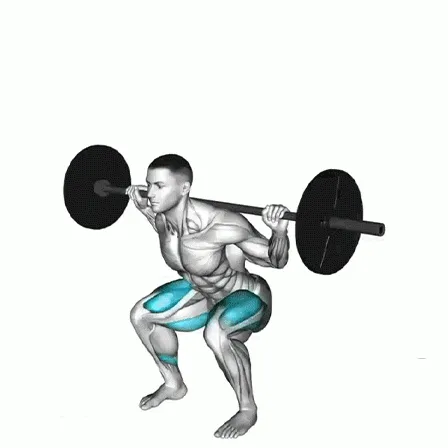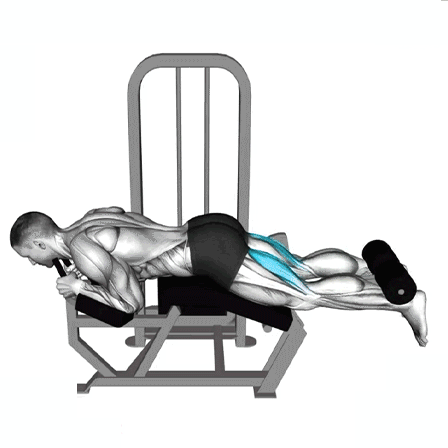Bodyweight Squats: Foundation for Fitness
Bodyweight squats are a fundamental exercise that builds lower-body strength, improves mobility, and develops core stability. They require no equipment, making them accessible for beginners while still offering benefits for advanced trainees. Proper form ensures maximum engagement of the quads, glutes, and hamstrings while protecting the knees and lower back.
Step-by-Step Instructions for Bodyweight Squats
1. Starting Position
-
Stand with your feet shoulder-width apart.
-
Point your toes slightly outward, at about a 5–15 degree angle.
-
Keep your chest up and your shoulders relaxed.
-
Extend your arms in front of you for balance or place them on your hips.
2. Descent
-
Engage your core and initiate the movement by pushing your hips back, as if sitting into a chair.
-
Bend your knees while keeping them aligned with your toes.
-
Lower your body until your thighs are parallel to the ground or as low as your mobility allows.
3. Ascent
-
Press through your heels and straighten your legs to return to the starting position.
-
Avoid locking your knees at the top.
4. Breathing
-
Inhale as you lower yourself.
-
Exhale as you push back up.
Tips for Proper Form
-
Maintain Neutral Spine: Avoid rounding your back or excessively arching it. Keep your back straight and chest lifted throughout the movement.
-
Knee Alignment: Ensure your knees track in line with your toes. They should not collapse inward or flare outward excessively.
-
Depth: Aim for thighs parallel to the ground, but don’t sacrifice form for depth. Your mobility will improve with practice.
-
Weight Distribution: Keep your weight evenly distributed across your feet, with emphasis on your heels.
-
Core Engagement: Tighten your abdominal muscles to protect your lower back and maintain balance.
-
Controlled Movement: Avoid bouncing or rushing through reps. Focus on a smooth and controlled motion.
Bodyweight squats are a simple yet highly effective exercise to build lower-body strength, improve mobility, and develop core stability. Mastering proper form lays the foundation for more advanced squat variations and other functional exercises. Incorporate bodyweight squats into your routine for a strong, balanced, and injury-resistant lower body.
